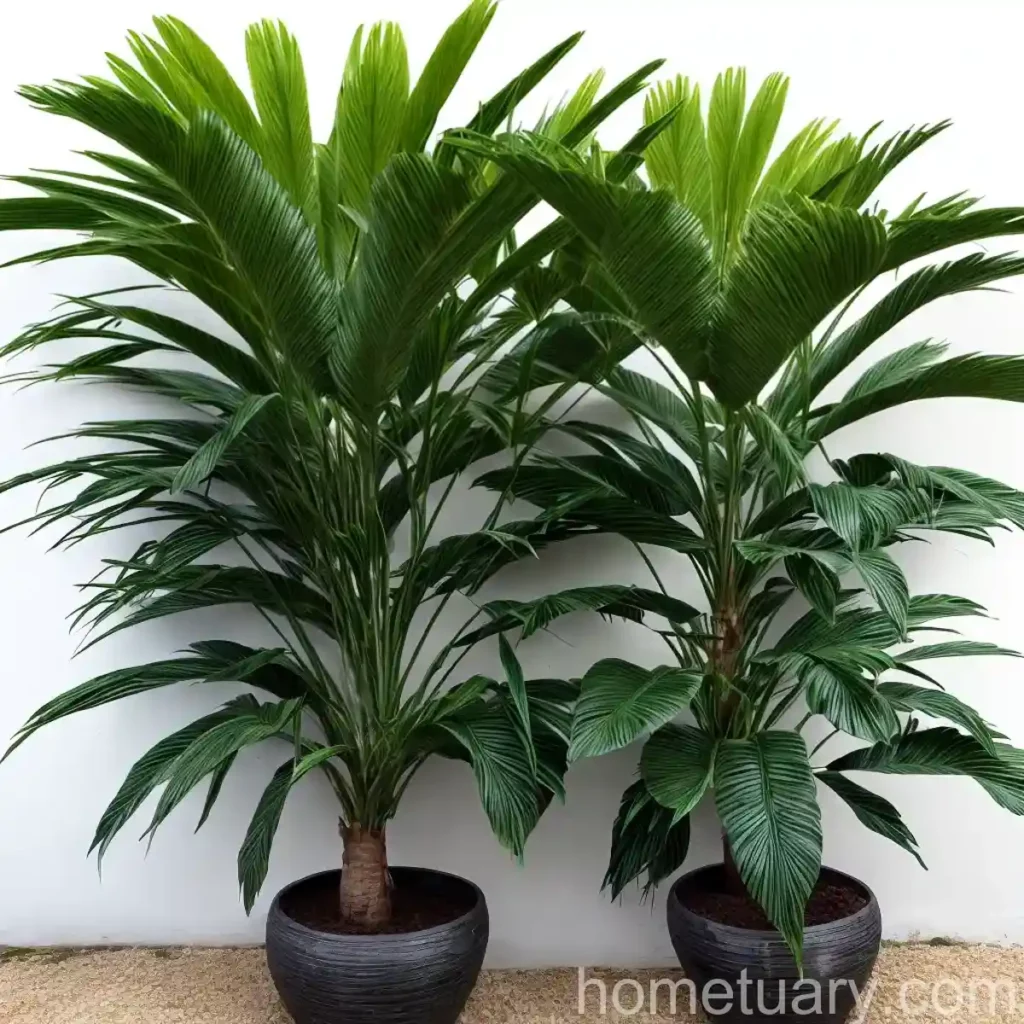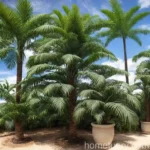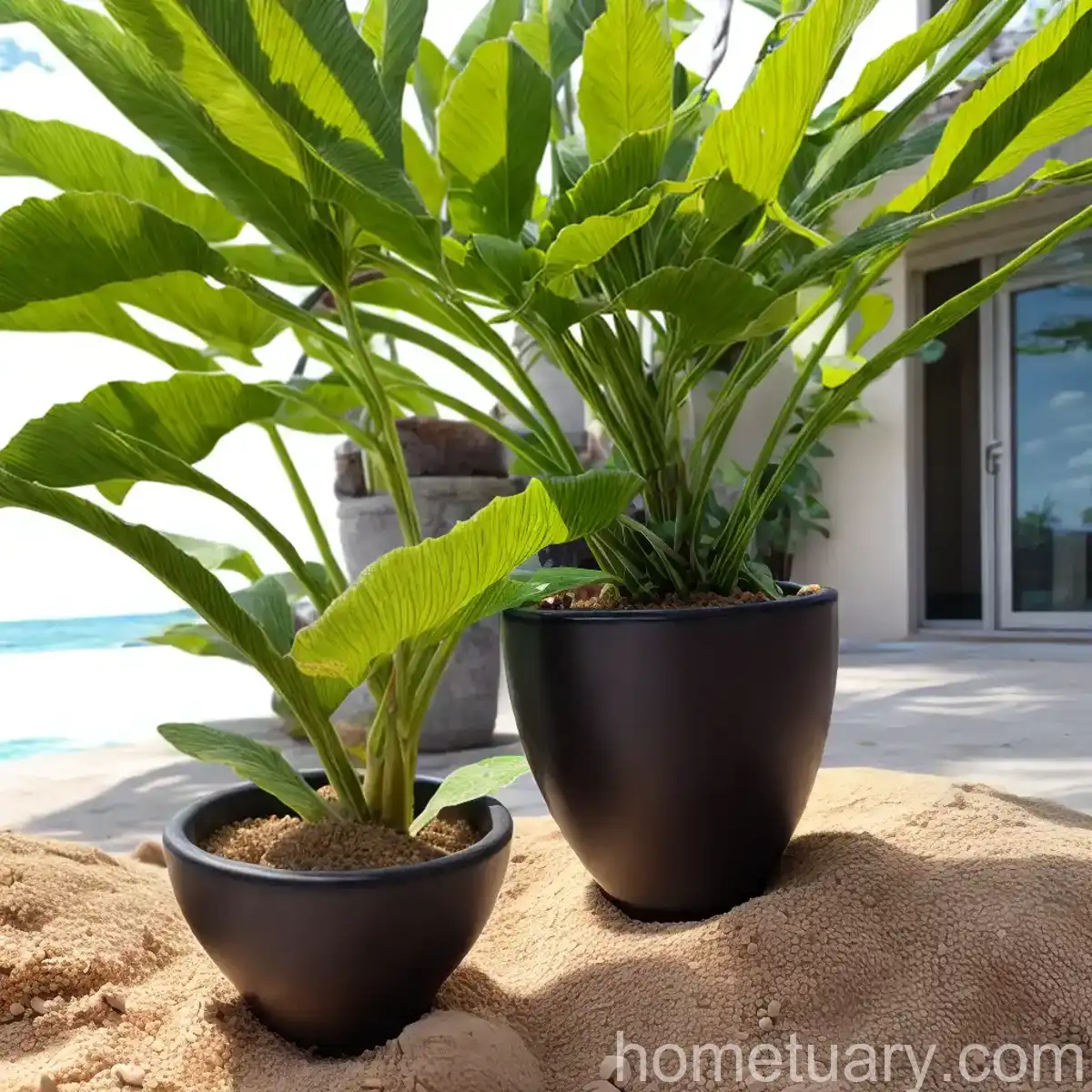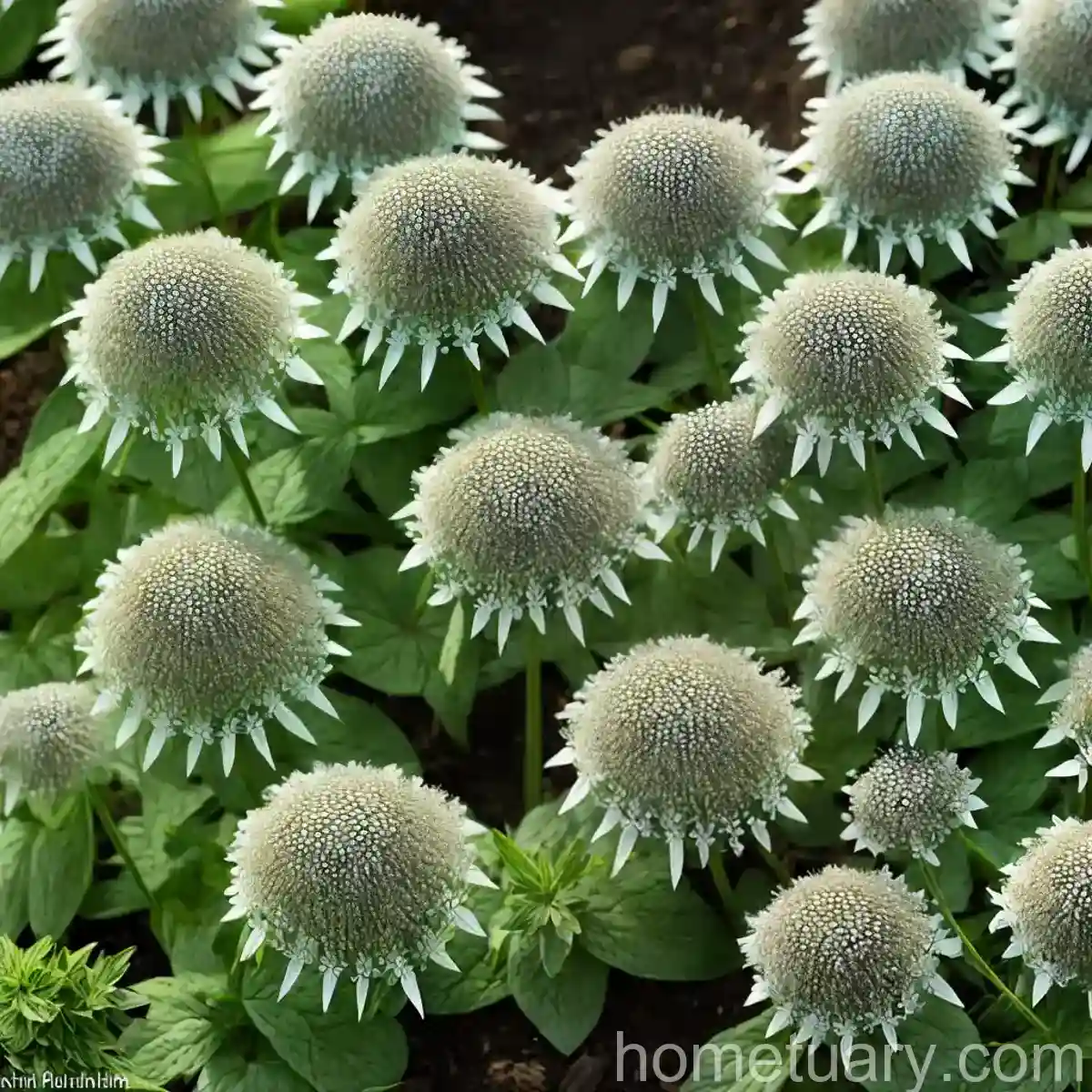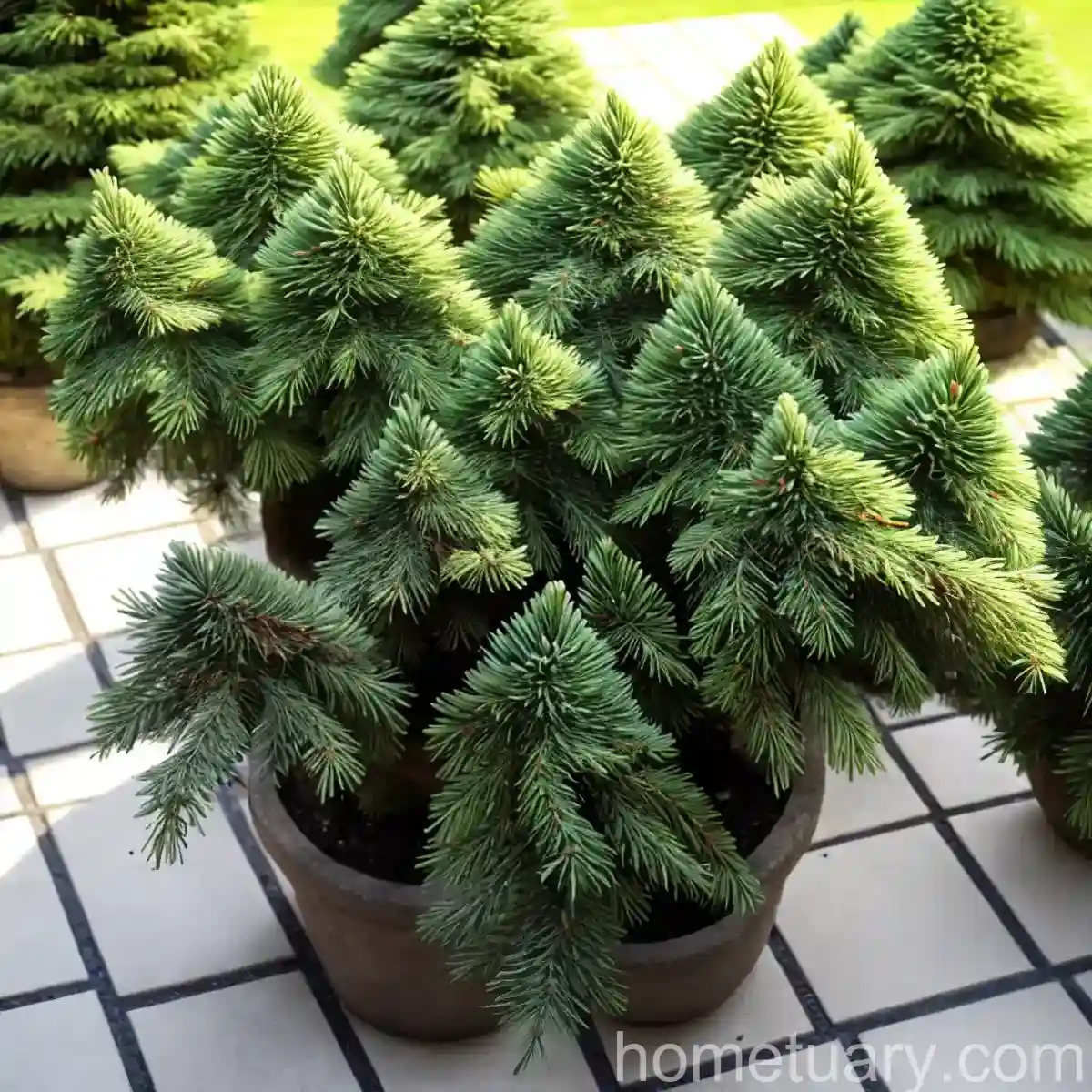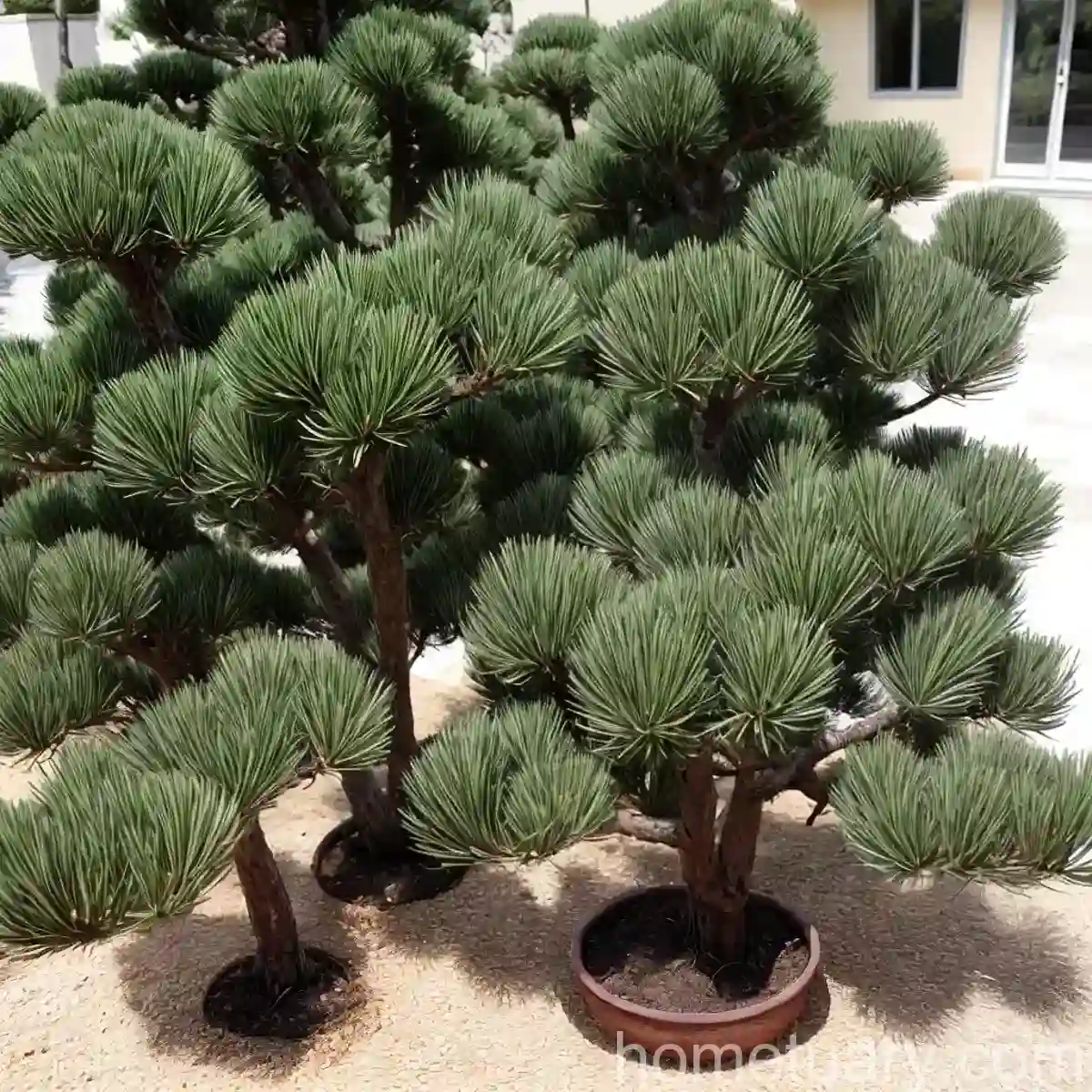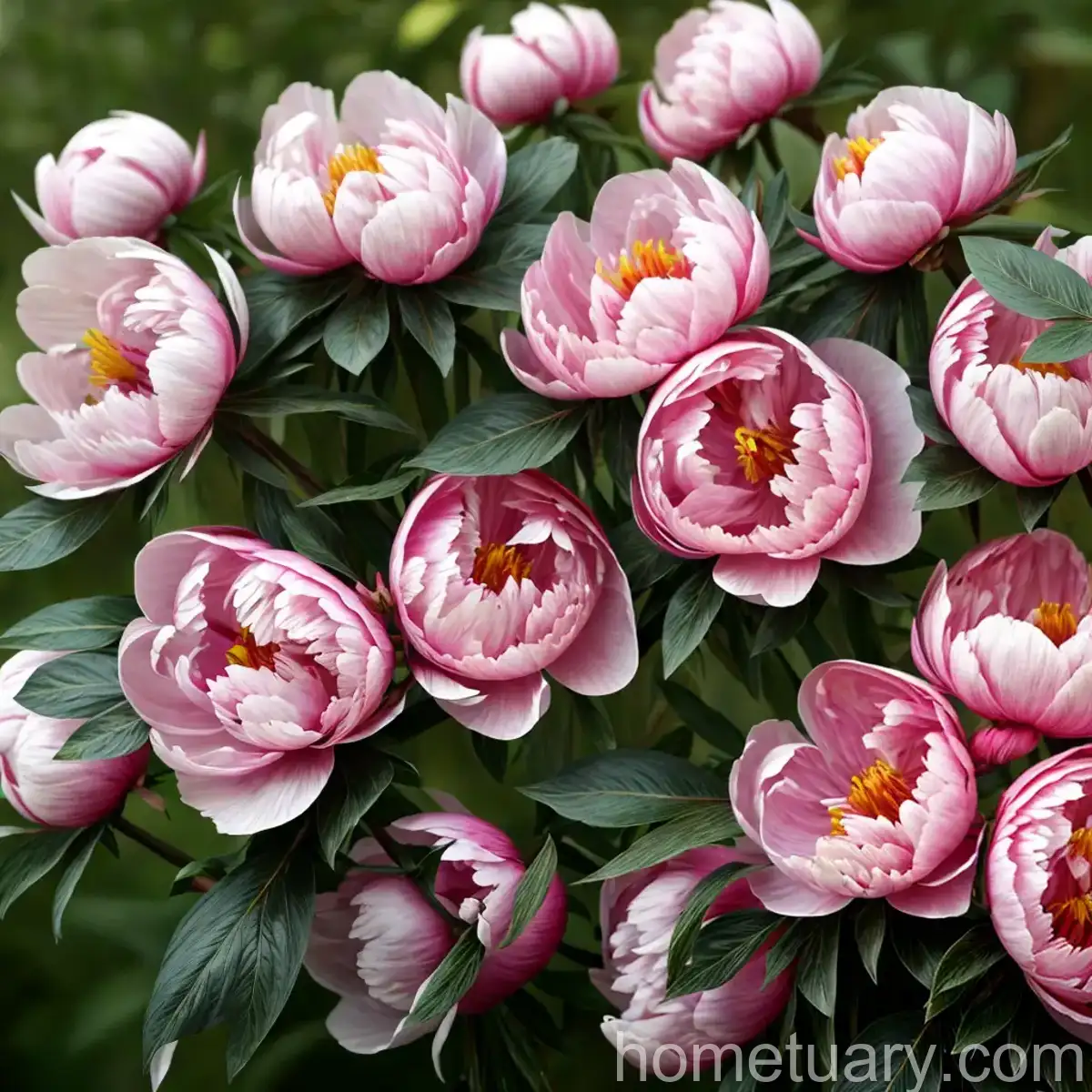The Fascinating World of Pritchardia affinis: A Complete Care Guide

What is Pritchardia affinis?
Pritchardia affinis, commonly known as the Loulu palm, is a stunning and culturally significant plant indigenous to Hawaii. This slow-growing palm species belongs to the Arecaceae family and is endemic to the Hawaiian Islands. The term “Loulu” in Hawaiian refers to the entirety of the Pritchardia species; however, Pritchardia affinis is a specific type of Loulu palm.
Key Takeaways – Pritchardia affinis
- Scientific Name: Pritchardia affinis
- Common Name: Loulu palm
- Family: Arecaceae
- Native Habitat: Hawaiian Islands
- Growth Rate: Slow
- Sunlight: Full to partial sun
- Watering: Moderate
- Soil Type: Well-draining
- Uses: Ornamental, landscaping
Culture
Water
Pritchardia affinis requires moderate watering, and its soil should be kept consistently moist but not waterlogged. During the growing season, regular watering is essential to keep the soil evenly moist. In contrast, during the winter or dormant period, the watering frequency can be reduced. It is important to ensure good drainage to prevent waterlogged conditions, as this can lead to root rot and other issues.
Sunlight
This palm thrives in full to partial sunlight. When grown indoors, it is crucial to place it in a location with bright, indirect light. Outdoors, it can be grown in direct sunlight or partial shade, making it a versatile choice for various landscapes.
Fertilizer
Regular fertilization is beneficial for the healthy growth of Pritchardia affinis. A balanced, slow-release fertilizer with macro and micronutrients is recommended. Fertilize the palm during the growing season, typically from spring to early fall, to provide it with the essential nutrients for vibrant foliage and robust development.
Soil
The ideal soil for Pritchardia affinis is well-draining and rich in organic matter. A mix of peat, perlite, and sand provides the necessary aeration and drainage. It is essential to avoid compacted or heavy soils, as they can hinder the palm’s root development and overall health.
Pruning
Pruning Pritchardia affinis is primarily focused on the removal of dead or damaged fronds. These should be carefully trimmed to maintain the aesthetic appeal of the palm and prevent potential disease or pest issues. However, it is crucial to exercise caution and use sterile pruning tools to prevent the spread of infections.
Uses
Ornamental Plant
Pritchardia affinis is highly valued for its ornamental qualities. Its majestic fronds and striking appearance make it a popular choice for landscaping and as a focal point in gardens and indoor spaces. The palm’s elegant silhouette and tropical charm add an exotic touch to any setting.
Landscaping
Due to its slow growth and impressive visual appeal, Pritchardia affinis is often used in landscaping to create a tropical ambiance. It can be incorporated into various garden designs, including tropical, Mediterranean, and coastal landscapes. When planted in groups or clusters, it can enhance the overall beauty of the surroundings.
Indoor Décor
As an indoor plant, Pritchardia affinis adds a touch of the tropics to interior spaces. Its graceful fronds and adaptability to indoor conditions make it a favored choice for livening up homes, offices, and public spaces. With the right care and suitable environmental conditions, it can thrive as an elegant houseplant.
Propagation
Pritchardia affinis can be propagated through seed germination. The key steps for successful propagation include:
- Seed Collection: Harvest ripe seeds from healthy, mature palms.
- Seed Preparation: Clean the seeds and remove any remaining fruit pulp.
- Seed Planting: Plant the seeds in a well-draining potting mix, ensuring adequate moisture and warmth.
- Germination: Provide consistent warmth and moisture for germination, which can take several months.
- Transplanting: Once the seedlings have developed several fronds and a strong root system, they can be transplanted into individual pots or the desired outdoor location.
Container Popularity
Pritchardia affinis is well-suited for container cultivation, making it a versatile choice for both indoor and outdoor settings. Its graceful form and manageable size make it an excellent candidate for container gardening, allowing plant enthusiasts to enjoy its beauty in various environments.
Common Diseases
Disease Diagnosis
Identifying and addressing diseases in Pritchardia affinis is essential for maintaining its health and vitality. Common diseases that may affect this palm include:
- Fungal Infections: These can lead to leaf spot, rot, or other issues, particularly in conditions of excess moisture.
- Bacterial Diseases: Bacterial infections can cause discoloration, wilting, and decay of fronds.
- Viral Diseases: Viruses may manifest as abnormal growth, stunted development, or mottled leaves.
Common Pests
Pritchardia affinis is susceptible to pests such as:
- Spider Mites: These tiny arachnids can infest the undersides of fronds, causing stippling and discoloration.
- Mealybugs: Mealybug infestations may appear as white, cottony masses on the palm, particularly in leaf axils and crevices.
Botanist’s Tips
- Climate Considerations: Pritchardia affinis thrives in tropical and subtropical climates, making it ideal for regions with warm temperatures and ample sunlight.
- Protect from Frost: This palm is sensitive to cold temperatures and should be shielded from frost or freezing conditions.
- Regular Maintenance: Consistent care and maintenance, including proper watering and fertilization, are essential for the long-term health of the palm.
Fun Facts
- The name “Loulu” is of Hawaiian origin and is used to collectively refer to all Pritchardia species, highlighting the cultural significance of these palms in Hawaii.
- Pritchardia affinis is a slow-growing palm, taking several years to reach maturity, making it a long-term investment in landscaping.
Links to External Resources
For further information on Pritchardia affinis, consider exploring the following resources:
In conclusion, Pritchardia affinis, or the beautiful Loulu palm, is a captivating addition to any garden, landscape, or indoor setting. Embracing its rich cultural heritage and tropical allure, this palm offers a touch of the Hawaiian islands wherever it is grown. By understanding its specific care requirements and appreciating its unique characteristics, plant enthusiasts can foster the growth of this remarkable palm and savor its timeless charm.
For more information, expert advice, and captivating plant content, stay tuned for further updates and insights in the world of botany and horticulture. Happy gardening!
References
- Nelson, Scot C., and James W. L. Bornhorst. “Pritchardia: The Genus in Hawaiʻi,” University of Hawaii Press, 1994.
- Chase, Mark W., et al. “In Organellar Phylogenomics and the Evolution of Palm Trees,” Proceedings of the National Academy of Sciences, vol. 112, no. 15, 2015, pp. 4858–4863.
- Wagner, Warren L., et al. “Manual of the Flowering Plants of Hawai‘i,” University of Hawai‘i at Manoa, 1999.

